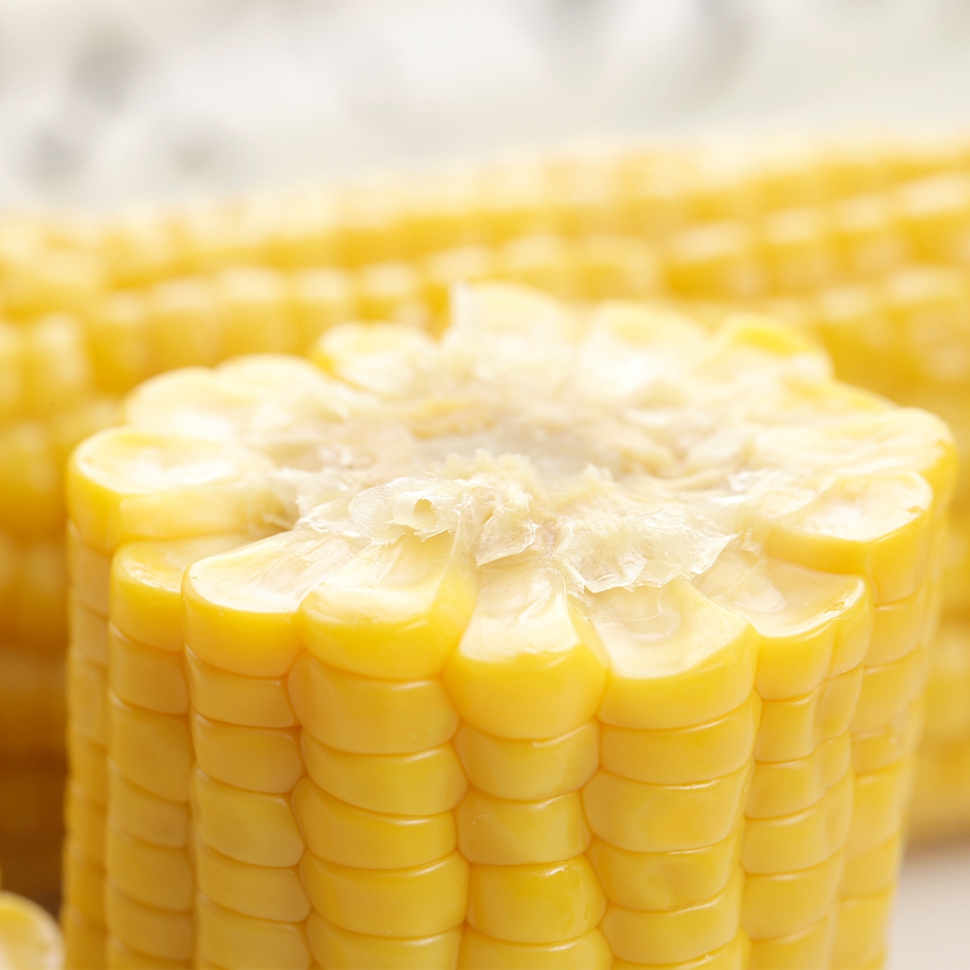During the wheat harvest season, a large amount of wheat straw was discarded or burned. This not only caused a great waste of resources and environmental pollution, but also destroyed the soil structure during the incineration process, resulting in soil compaction and fertility decline. The main components of wheat straw are cellulose, including cellulose, hemicellulose, and lignin. Feeding herbivores directly has problems of poor palatability, low feed intake, and low utilization. After wheat straw was fermented by the microbial fermentation agent, palatability and nutritional value were greatly improved, providing a good choice for the reuse of straw.
1 The nutritional value of wheat straw is the same as that of other straw feeds. The protein content of wheat straw is only about 3% of dry matter. The main components are cellulose, hemicellulose and lignin. Wheat straw has different contents of different components during different growth periods and different parts, but we mainly use wheat stems and leaves after harvesting seeds. The study found that the content of cellulose, hemicellulose and lignin of wheat straw were 47.4%, 21.4% and 24.5%, respectively. During the harvest period, untreated wheat straw has a severe lack of vitamins, low calcium and phosphorus content, high crude fiber content, and its use value is not high even for cattle and sheep. After fermentation, the crude protein content of wheat straw increased significantly, and contained a variety of amino acids, and after the fermentation has a sour odor, palatability and digestibility were improved, improving the utilization of wheat straw in all aspects.
2 Wheat straw fermentation method After wheat straw is crushed, add 5%~10% corn flour, dried potato powder or molasses and other energy feeds, adjust the moisture content to 60%-70%, and mix it with Jinbao feed starter to seal fermentation. . Because the texture of wheat straw is rough, the crude protein is obviously insufficient, and the carbohydrate content that can be used to start the fermentation is very low, resulting in slow fermentation and affecting the quality of the fermented feed. Therefore, carbohydrates are added to the storage during fermentation, which facilitates rapid propagation of lactic acid bacteria so that the wheat straw rapidly enters the fermentation state, and at the same time increases the content of lactic acid in the fermentation product. In addition, a certain amount of urea or ammonium sulfate can be added to promote fermentation. General wheat straw fermentation can be divided into loading, compaction, cell sealing, landfilling and other steps, using a large number of fermentation silo or fermentation tank micro-fermentation, the fermentation temperature is generally controlled at 19 ~ 37 °C.
3 Fermented wheat stalks after fermentation are loose in texture, organic acids are increased, Ph is reduced, and they have a certain degree of acid and aroma, and they can be fed with 20% to 40% concentrate feed to cattle and sheep. Different dietary combinations and feeding environments will result in different ruminal microbial balances. If cattle and sheep have not been fed fermented feed before, they will need to be fed a small amount of feed first, allowing the microflora in their rumen to be fine-tuned to avoid mass feeding. The imbalance of rumen microorganisms results in weakened rumen fermentation and metabolic disorders. It is recommended to have at least one week of adaptation time, and then increase the amount of feeding according to the actual situation. In addition, it is generally not recommended to use wheat straw fermented feed to feed monogastric animals such as pigs and chickens, even if it is made into powder after fermentation. Details can be consulted: Beijing Huaxia Kangyuan Technology Co., Ltd., toll-free hotline
Recommended reading:
What are the advantages of straw silage feeding sheep?
Silage stalk technology turns fiber into sugar and acid
Single Vacuum Packed Sweet Corn
Corn (Maize) is cultivated throughout China. It is also widely grown in tropical and temperate regions of the world and is an important cereal. With yields of up to 700-900 kg per mu, maize is one of the more productive grains.
Corn is rich in nutrients, with protein, body fat, tapioca starch, vitamin B1, vitamin B2, vitamin B6, vitamin A, vitamin E, carotene, methyl cellulose and calcium, phosphorus and iron. Corn is a good source of vitamin C, which can help boost the immune system and help fight cancer. Compounds found in corn have been shown to reduce the risk of cardiovascular disease. According to research, fresh corn contains 4-5 times more body fat than rice and flour, and contains unsaturated fat, of which 50% are fatty acids, which inhibit the digestion and absorption of cholesterol. It is an excellent medicine for long-term use to reduce blood cholesterol and soften blood vessels, making it an ideal vegetable oil for patients with hypertension, coronary heart disease, obesity and the elderly.
Corn is also a cereal and low-fat food. Researchers have found that a low-fat diet has no significant effect on the risk of several diseases. In past follow-ups, a low-fat diet was found to provide significant and sustainable health benefits.



If you have any questions, you can contact us immediately by leaving a message on the website or by sending an email.
Cream Sweet Corn Cob,Whole Sweet Corn Cob,Cream Sweet Corn,Fried Sweet Corn Cob
Jilin Province Argricultural Sister-in-law Food Co., Ltd. , https://www.nongsaocorns.com